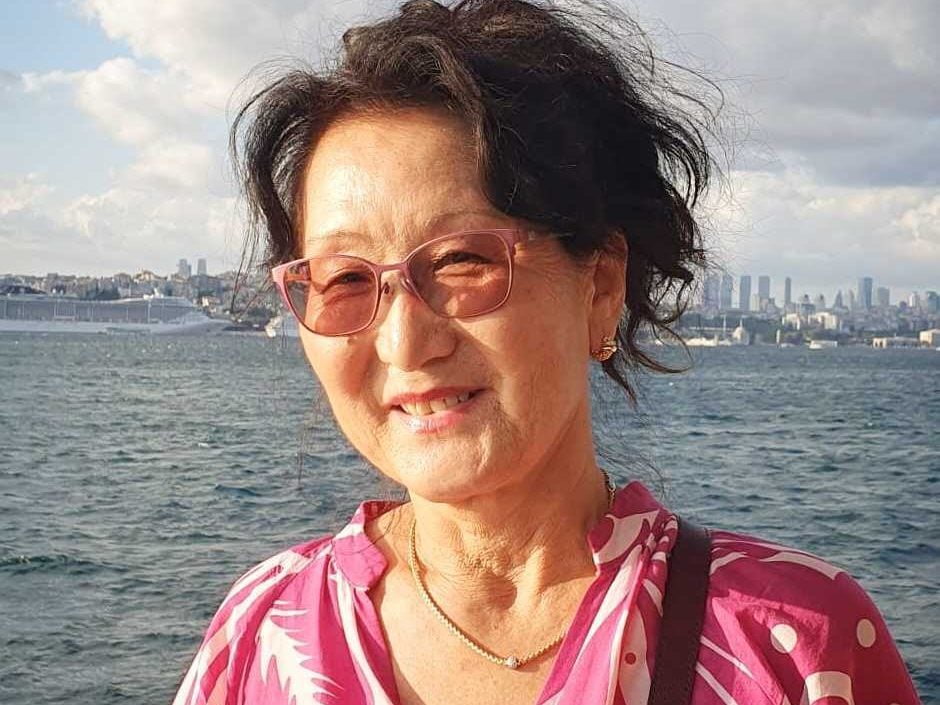Profile
According to the 2010 national census, there are 228,235 Komi in the Russian Federation. Komi are closely related to Komi-Permiaks and Udmurts of the Middle Volga and they share a common religion, Eastern Orthodox Christianity. They live in the Komi Republic. Both Russian and Komi are official languages in the Komi Republic.
Historical context
The area became a principality of Moscow in the fourteenth century. In August 1921, the region was constituted as the Komi (Zyrian) Autonomous Oblast. In December 1936 it became an ASSR within the RSFSR. In June 1992 the Komi ASSR became a national republic of the Russian Federation.
The Komi People’s Congress, which is ‘dedicated to the defence of the cultural and ethnic rights of all Komi people’, has advocated the retention of all Komi natural resources in order to bargain with Moscow over independence and unification with the Komi-Permiak national area.
In November 1992 the First World Congress of Finno-Ugrian Peoples took place in the Komi Republic. Delegates called for self-determination for all indigenous peoples and national minorities and condemned ‘Russian imperialism’. The Second Congress of Finno-Ugric Peoples was held in July 1995 to demand new rights, including property rights in their traditional areas of settlement and language privileges.
In 1996 a bilateral agreement was signed between Moscow and the Komi Republic conferring some self-determination rights on the republic, mainly in the field of economic management of the republic’s considerable oil, mineral and timber resources.
Current issues
There has been some debate around the teaching of the Komi language in educational institutions, given that local authorities received individual complaints, mainly from members of the Russian population, demanding to lift the obligation to learn Komi language. On 1 September 2011, the Constitutional Court of the Republic of Komi issued its statement, underlining that the compulsory teaching of the Komi language did not violate pupils’ right to education. According to the Constitution and article 1(3) of the Law on State Languages of the Republic of Komi, Russian and Komi are the two official languages of the Republic and, therefore, must be equally taught in all institutions of general education. In 2013, the Ministry of Culture of the Komi Republic invested 13.6 million roubles in updated teaching materials in Komi language for schools across the region.
Updated December 2020
 Video on demand
Video on demand 